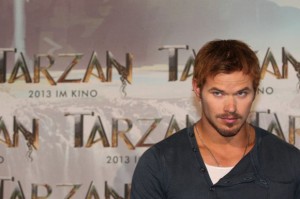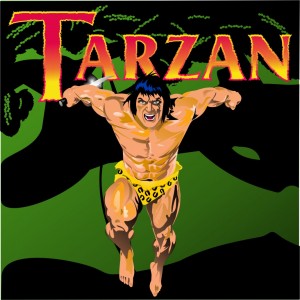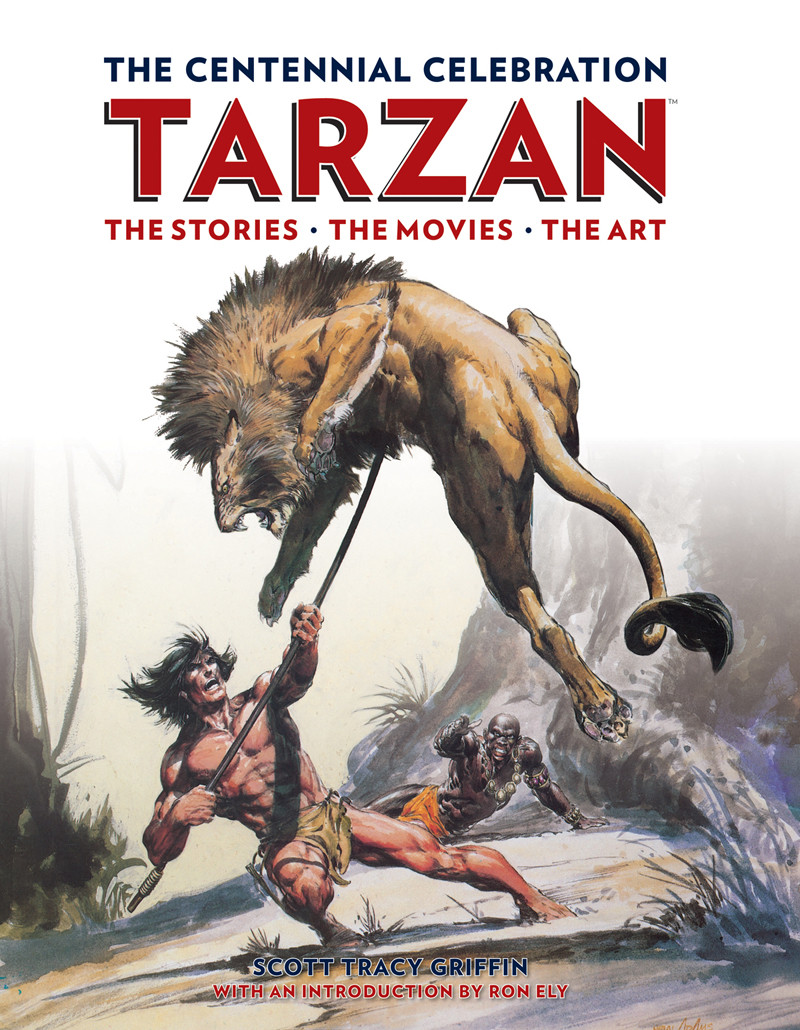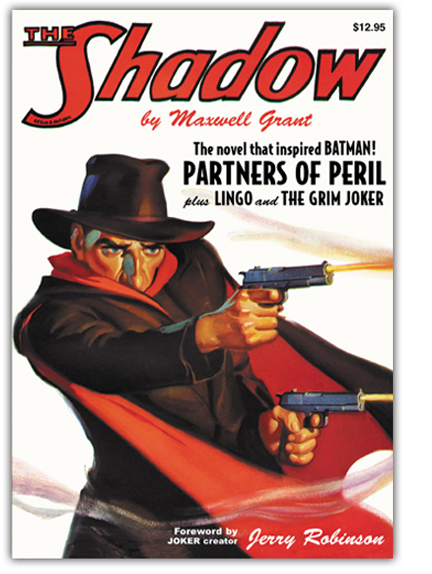Editorial: Tarzan: The New Version and My Own
 I was planning on writing an article about how I thought it was time to bring Tarzan back to the big screen. Unfortunately, I’ve been beaten to the punch by a new motion capture 3-D feature set to hit the screens next year.
I was planning on writing an article about how I thought it was time to bring Tarzan back to the big screen. Unfortunately, I’ve been beaten to the punch by a new motion capture 3-D feature set to hit the screens next year.
Buzz around the internet has it that Kellan Lutz, an actor from the Twilight series, is slated to voice the famed Lord of the Apes in an updated version of the story. What little I’ve read about it says that the update will include Tarzan’s parents dying in a plane crash. Baby Tarzan is raised by apes and then Jane Porter finds him, returning him to the city where he will help take down the evil CEO of Greystoke Energies. If this is true, and there haven’t been a lot of conflicting reports on this front, all I can do is shake my head. It’s true, I’m not really giving this a chance. It’s not fair to this film to bag on it without having seen any footage of it, nor have all the details on it. For the sake of that, I won’t go too far down that rabbit hole. The last word I’ll say on it is that I’m a Tarzan fan and the premise, thus far, doesn’t live up to the legend.
There have been so many different Tarzan movies, TV shows, etc. that it’s a wonder that someone hasn’t done a version that I might enjoy. In truth, I enjoyed two version of this story. The first being Greystoke – The Legend of Tarzan, Lord of the Apes. It starred Christopher Lambert as the title character and started off fairly well to the origins of the character. The second is Disney’s Tarzan. When really stripped of the obvious Disney influence, it’s actually a good retelling. With these two films, you get a heart and soul of the character, but it still lacks somewhere. In the Lambert film, you have an obviously intelligent man, and he’s taken out of the jungle only to end up going back because he can’t hack it in society. He’s far too much the wildman ever to rise above it. In the Disney version (combined with the TV series; a true favorite of mine!) has a lot of elements meant for children. It’s got the underlying character there, but there’s still a lot of the ape man that’s missing. The violence has to be toned down to lend itself to being a Disney animated feature. If you ever can find it, the special edition of this movie shows how the artists had to consider a whole new style of animation to make it work. For those interested in what it takes to animate, this is a very good look into that world.
You might ask me, “How would you make a Tarzan movie?” Hey, I said you MIGHT ask me! Most won’t, but I can dream. If I were to make one, I’m going to first consider what I said about the Golden Age Green Lantern; some stories work better in the time they were created. An updated version is nice once and awhile, but it can complicate a very simple story. Take Zorro for instance, there has been talk about a Zorro movie that makes it sound like they are making a Punisher/Road Warrior type film. When the Antonio Banderas version; the Mask of Zorro came out, it was a period piece that kept the story exciting and made it come alive on screen. It didn’t need cellphones, jets, cars, or weaponry best suited for Terminators. Swords, whips and horses were great! And it’s always cool when you can get an animal that has just as much personality as their human cohorts. By taking away that known quantity of the era, the background of the character changes, if only slightly. As it is, in the latter part of the 19th or early part of the 20th century that the story takes place in, Tarzan is already seeing a great deal of differences from the jungle home he knows so well. The closest thing to civilizations he knows are the tribal camps and the tree hut that his father built upon their being marooned. He doesn’t need a blustery New York City experience in order to make him wide-eyed.
That brings me to my next must in making Tarzan. We must consider his intellect. This is a point of contention that upset Edgar Rice Burroughs; Tarzan’s creator. During the Johnny Weissmuller days, the character was played up to be a little more than a circus strong man with a gimmick. He spoke in pidgin-English, which made the character sounds as dense as brick. Tarzan is not dumb by any stretch of the imagination. He learned to read his father’s journals, which were written in French, long before he ever learned to speak it. Yeah, I know some people aren’t going to understand that. But somehow he managed along, and when he finally did learn the language he was able to put the journals into context. He’s obviously able to pick up the language of the animals, not just the apes, and learns voraciously. He’s a man that wants to know as much as possible. He’s grown up in a harsh environment and understands he’s different. It’s in knowing those differences, and how they almost killed him a time or two, that made him want to learn more and get an advantage. He learned to make ropes, he found his father’s knife and learned to sharpen it, and his hunter’s instincts are as keen as his bestial counterparts. When taken out of the jungle he is a gentleman, well spoken, and knows exactly what he means to say. In the jungle, he knows the laws and how to survive in it. If you are the unfortunate individual who has managed to attract his ire, there isn’t a place to escape that he or his animal kin won’t find you.
Now let’s talk about the animals and their effect on Tarzan. Our introduction into polite anything comes from the short meeting with Tarzan’s parents and those parties (such as Jane and the French Naval Officer Paul D’Arnot) that manage to come across the beach where the Claytons were stranded. Tarzan learned to be a gentleman, and speak many languages. He’s a natural mimick to be sure. He’s also a brutal fighter, as much as any animal in the jungle. He learned how from all animals he observed. It wasn’t brutal for sheer brutality’s sake, but a matter of survival in a world where he wasn’t meant to live. Kala, his adopted mother, tried to protect him as much as she could. However, while he was still growing up, his friends among the apes became huge and angry beasts. They weren’t interested in the little games that Tarzan would play. When fights broke out, they were meant to kill and show their placement in ape society. Hunting was meant to kill for food, not for mere sport. The cry Tarzan was best known for, was a call to tell the jungle that he’d made a proud kill. It was a sound of victory and warning that there was blood spilled and none should come near. It’s a violent place that Tarzan comes from. The tribes are sometimes cannibals, and will turn a person into little more than a pincushion for spears and arrows if given the chance. It’s not polite, nor politically correct, but those were the times the book takes place in, and when it was written in. I don’t and wouldn’t ignore history, right or wrong.
I also want to talk about the love of Tarzan’s life; Jane. Guess what? At the end of the first book, there wasn’t a romance there. It happened by the end of book two, but Tarzan understood that it was for the best he left her in the loving hands of another man. I don’t mind the love interest, but I also want to think of this as a franchise deal. There’s plenty of Burroughs’ work to use for such excursions. Which means that to extend it out one more movie isn’t going to hurt anything. In fact, the idea you know it will happen can make it interesting. So many people assume that it’s a “get it over with” scenario. It’s a journey, and while it’s got the same tone as Lois & Clark, Peter & Mary Jane, etc., etc., etc. it’s also doesn’t have to be an immediate thing.













